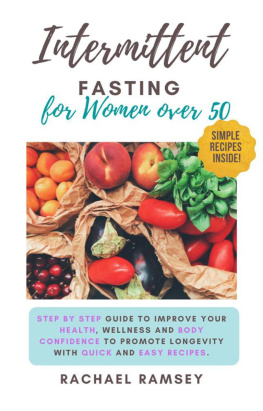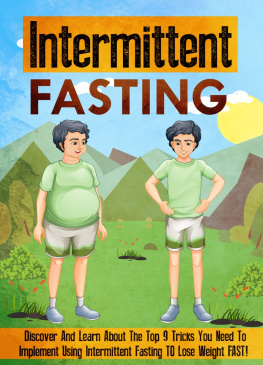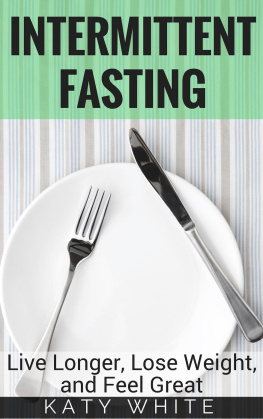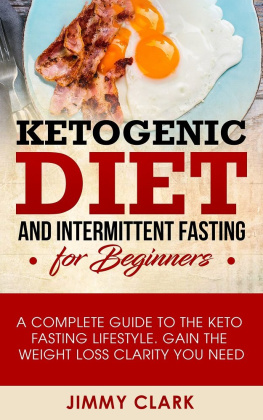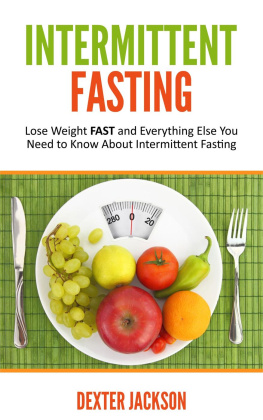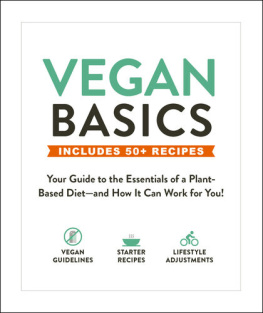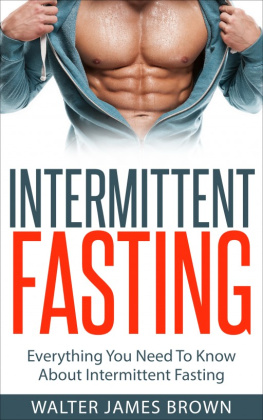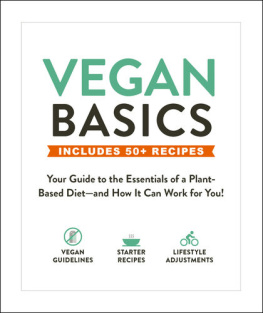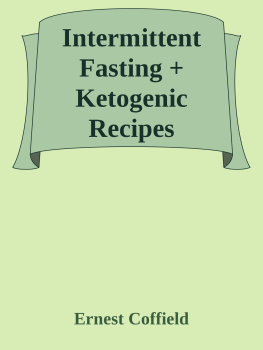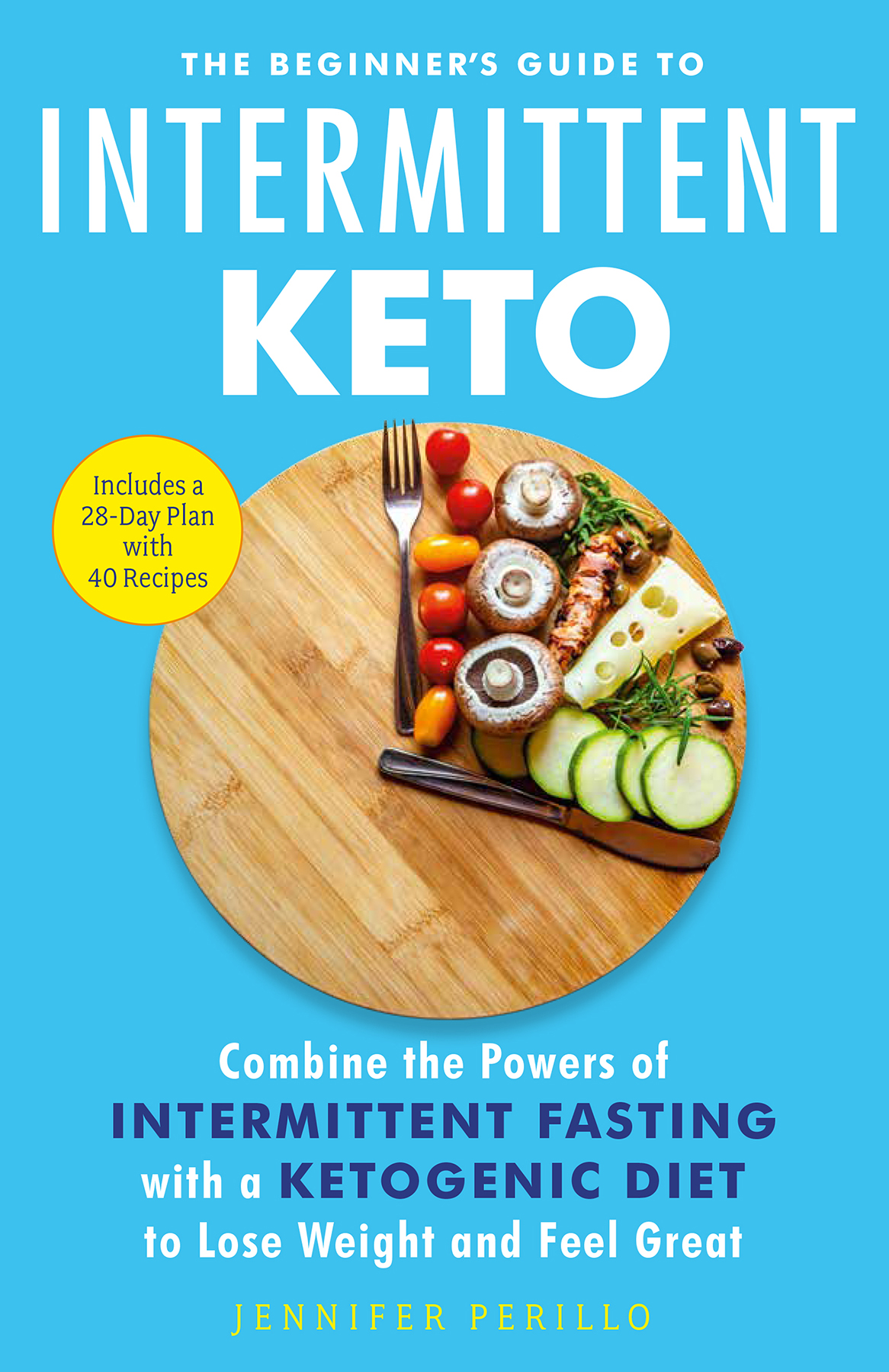Thank you for buying this ebook, published by HachetteDigital.
To receive special offers, bonus content, and news about ourlatest ebooks and apps, sign up for our newsletters.
This book is intended to supplement, not replace, the advice of a trained health professional. If you know or suspect that you have a health problem, you should consult a health professional. The author and publisher specifically disclaim any liability, loss, or risk, personal or otherwise, that is incurred as a consequence, directly or indirectly, of the use and application of any of the contents of this book.
Copyright 2019 by Hachette Book Group
Cover design by Kapo Ng
Cover photograph by Westend61/Getty Images
Cover 2019 Hachette Book Group, Inc.
Hachette Book Group supports the right to free expression and the value of copyright. The purpose of copyright is to encourage writers and artists to produce the creative works that enrich our culture.
The scanning, uploading, and distribution of this book without permission is a theft of the authors intellectual property. If you would like permission to use material from the book (other than for review purposes), please contact permissions@hbgusa.com. Thank you for your support of the authors rights.
Little, Brown Spark
Hachette Book Group
1290 Avenue of the Americas, New York, NY 10104
littlebrownspark.com
First ebook edition: January 2019
Little Brown Spark is an imprint of Little, Brown and Company, a division of Hachette Book Group, Inc. The Little, Brown Spark name and logo are trademarks of Hachette Book Group, Inc.
The publisher is not responsible for websites (or their content) that are not owned by the publisher.
The Hachette Speakers Bureau provides a wide range of authors for speaking events. To find out more, go to hachettespeakersbureau.com or call (866) 376-6591.
ISBN 978-0-316-45642-5
E3-20190108-JV-NF-ORI
PART I
AN INTRODUCTION TO INTERMITTENT FASTING AND THE KETO DIET
We are what we eat. Sounds like a simple, straightforward statement, right? Lets take it one step further, though, and consider how we eat. Chances are youre looking to make a change if youre reading this book. Maybe the goal is weight loss, trying to lose those last stubborn ten pounds. Perhaps youre exploring changing your diet for preventive measures to put yourself on a better health track for the future.
Intermittent fasting and ketosis, also referred to as IF and Keto, are probably familiar or at least recognizable terms, since you bought this book in the first place. Unlike fad diets, where you might see fast results that are hard to maintain long term, both intermittent fasting and keto target the root systems of how you consume food and the choices you make with each meal. Implemented properly, intermittent fasting and keto are lifestyle changes, and long-term solutions for a healthier, happier you.
Todays availability of information means everything we want to know about anything is at our fingertips, or with a swipe of one. That same convenience can often leave you with an overload of information. How do you decipher it all and determine if intermittent fasting and keto are right for you? Thats the goal of this book. I did a deep dive into both lifestyles and analyzed the benefits of both practicesimplemented on their own and combinedso you can cut straight to the chase and get started on your intermittent keto journey.
Before you set out making changes, approach this as you would any reciperead the directions from beginning to end first. Make sure you understand not just how to do intermittent fasting and cook keto-friendly meals but the science behind it all. Reading all the introductory material will make the transition to this new lifestyle easier and help you see the 4-Week Plan through to completion. Tempting as it might be to skip straight to the 4-Week Plan and recipes, keep in mind that a solid foundation is the key to success. The words between this introduction and the recipes provide the bricks and mortar to build a solid start.
Be prepared for the naysayers. Well talk about this more in the Before You Get Started section . Everyone is an expert nowadays, ready to share their opinions whether welcome or not. Remember only YOU are an expert on you. One youve read through the following sections, youll know if intermittent keto is right for you. Of course, if you have any underlying health concerns, always consult a medical practitioner before making any changes to your diet and lifestyle.
WHAT IS KETOSIS?
On the surface, carbohydrates are a quick, often fast and inexpensive form of nutrition to power through each day. Think about all those grab-and-go snacks we associate with breakfastgranola bars, fruit-filled smoothies, muffins. We start our mornings with carbs, and we keep piling them on as the day progresses.
Just because something works doesnt mean its the most efficient means. The tissues and cells that make up our bodies need energy to perform everyday functions to keep us alive. There are two primary sources from which they can draw energy from the foods we eat. One form of energy is carbohydrates, which convert to glucose. That is the current model that most of us follow. Theres an alternative fuel, though, and a surprising one: fat. Yes, the very thing youve been told to limit your entire life might just be the resource you need to jump-start your metabolism. Organic compounds, called ketones, are released when our bodies metabolize food and break down fatty acids. Ketones act as energy to keep our cells and muscles functioning.
Youve likely heard the word metabolism throughout your life, but do you know what it means exactly? The term simply refers to the chemical reactions required in any living organism to stay alive. Of course, our metabolism is anything but simple given the complexities of the human body. Our bodies are constantly at work. Even when were sleeping, our cells are continually building and repairing. They need to extract the energy from within our bodies.
Glucose, which is what carbs are broken down into once we eat them, is one way to fuel our metabolism. Our current nutrition guidelines focus on carbs as the primary source of energy. Factor in any additional sugars we eat and the recommended daily servings of fruit, starchy vegetables, grains, and plant-based forms of protein (e.g., beans), and theres no lack of glucose in our bodies. The problem with this model of energy consumption is that it leaves us like hamsters running on one of those wheels. Were burning energy but getting nowhere, especially if were consuming more carbs than our bodies can use in a days work.
But theres that other form of energy I mentioned: fat. How does that work exactly? Is it possible that tapping into that alternative fuel source will help our bodies burn energy more efficiently, with greater overall benefit to our health? Were back to that old idea of you are what you eat, except now think about the principal theory instead as you burn what you eat. Thats where ketosis comes into play. Switching to a high-fat, moderate-protein, low-carb diet allows your body to enter a state of ketosis, wherein you metabolize fat, triggering a release of ketones to fuel the functions of our elaborate inner workings. The liver releases ketones after fatty acids are broken down.
Achieving a state of ketosis is about balance, but not the kind youre used to when it comes to eating. It turns out that our current food pyramid, which instructs us to consume an inordinate amount of carbohydrate-rich foods for energy, is upside down. A more efficient plan for fueling your body has fats at the top, making up 60 to 80 percent of your diet; protein in the middle at 20 to 30 percent; and carbs (really glucose in disguise) way at the bottom, accounting for just 5 to 10 percent of your daily eating plan.



